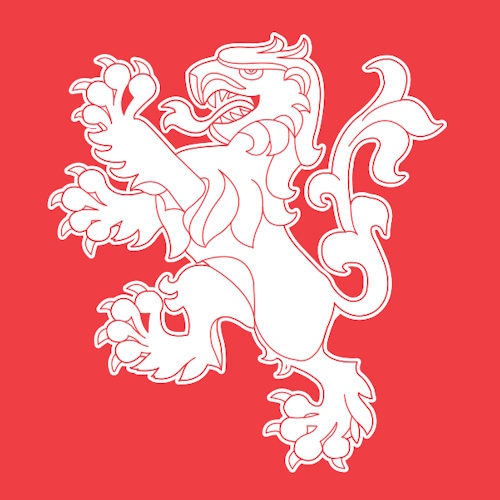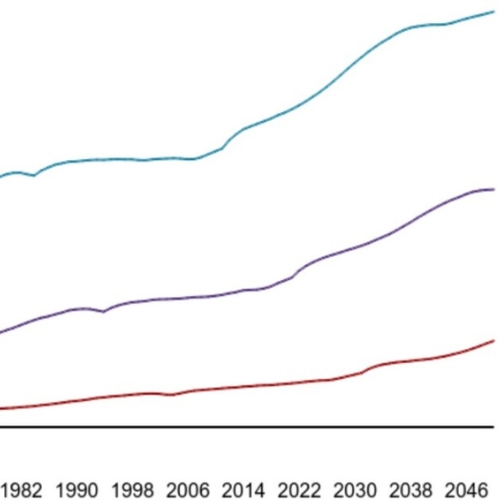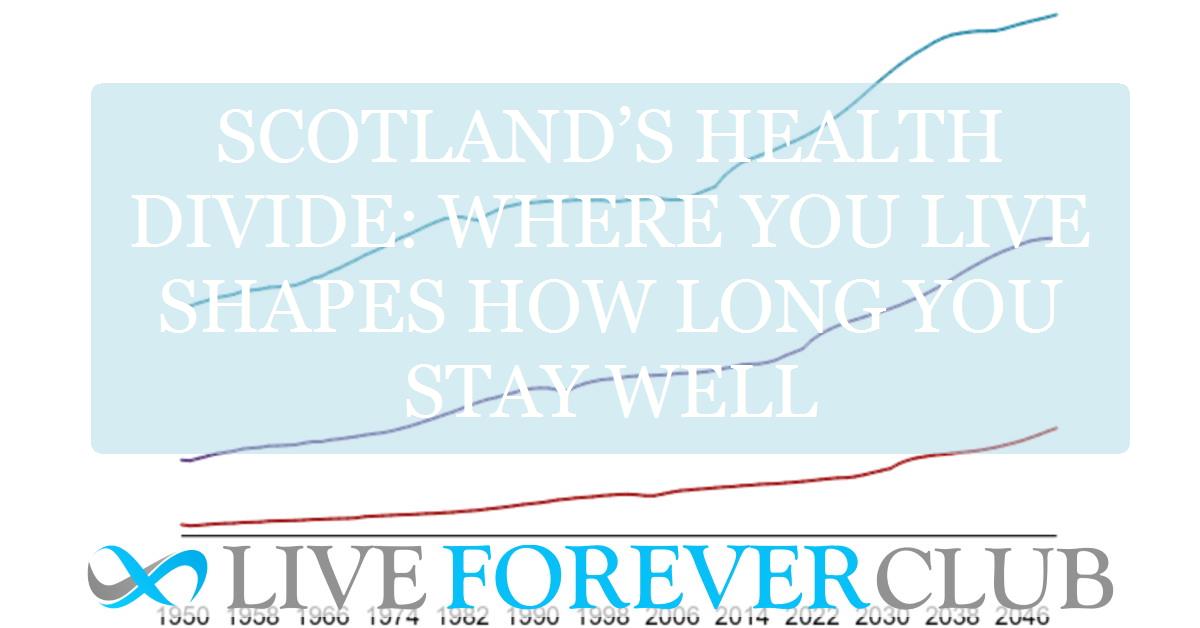Key points from article :
A new report from the National Records of Scotland (NRS) has revealed striking inequalities in healthy life expectancy across the country’s 32 council areas. The data show that where you live in Scotland can dramatically influence how many years you can expect to live in good or very good health—sometimes by nearly 20 years. This measure, unlike overall life expectancy, reflects the quality of life by estimating how long people remain free from serious illness or disability based on self-reported wellbeing.
At the top of the rankings are the Orkney Islands, where women can expect 72.1 healthy years and men 70.4—significantly above the national average of 60.0 years for women and 59.6 years for men. Shetland and Perth and Kinross also perform well. By contrast, North Ayrshire and North Lanarkshire, including towns such as Irvine, Motherwell, and Coatbridge, report the lowest healthy life expectancies: just 52.5 years for women and 52.6–53.2 years for men.
Phillipa Haxton, head of vital events statistics at NRS, emphasized how the variation points to deeper social and environmental disparities. The findings suggest that residents in rural and island communities may benefit from cleaner air, more active lifestyles, and stronger community ties, while those in more urban or deprived areas face greater health challenges. The example of Perth and Kinross, which combines urban and rural features, shows that environment and lifestyle play a key role in health outcomes across Scotland.






